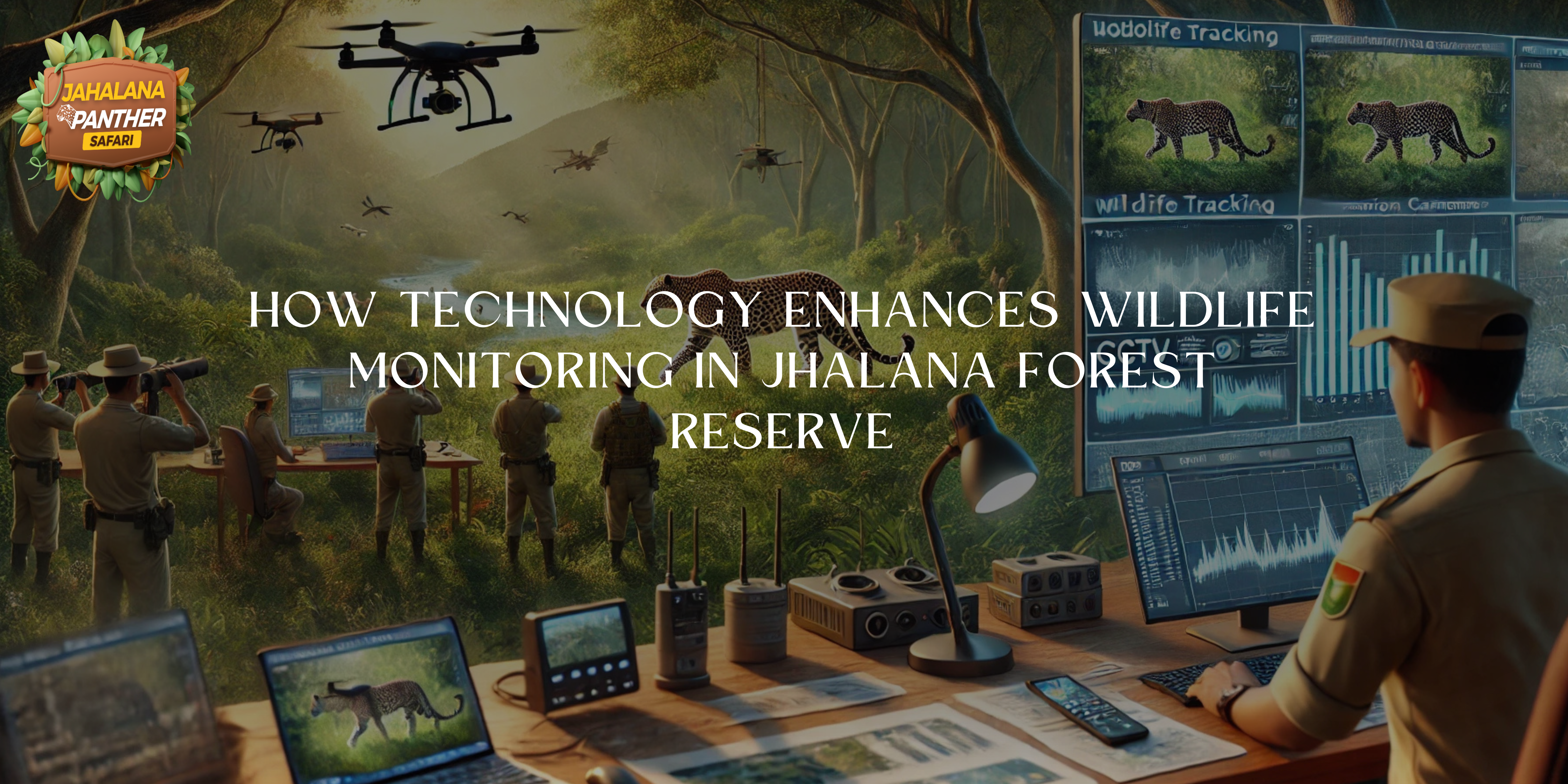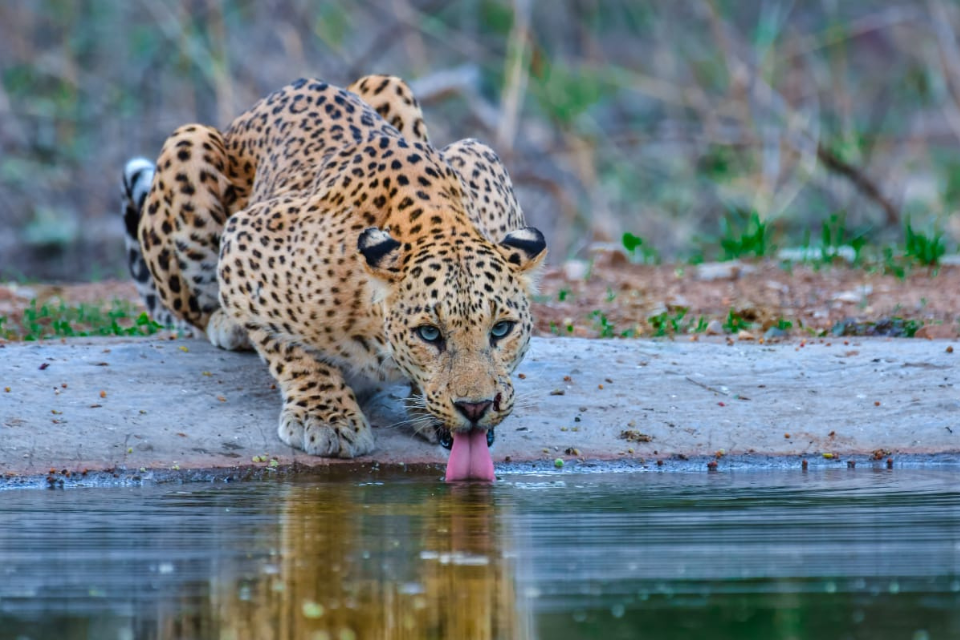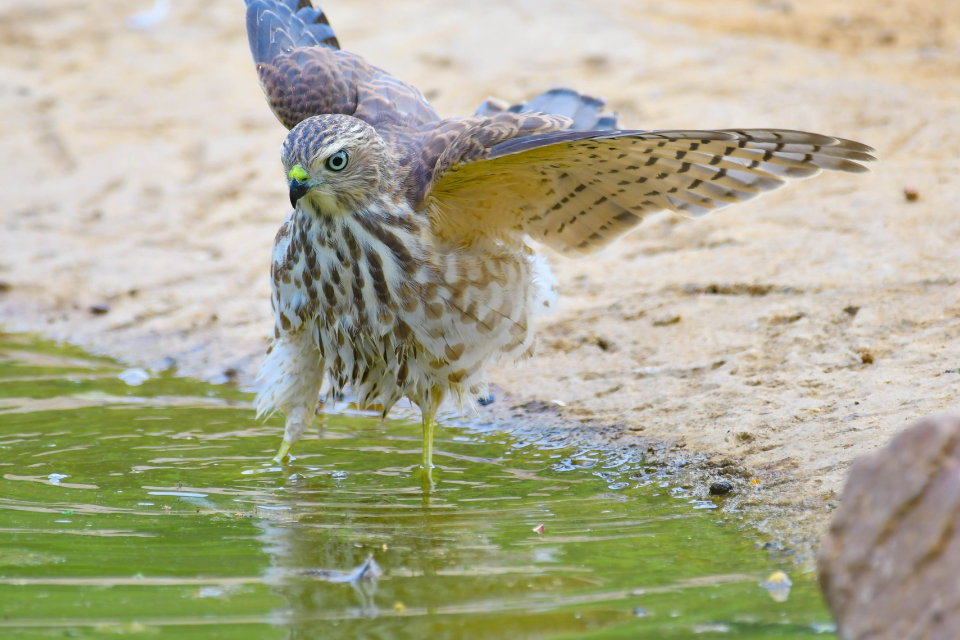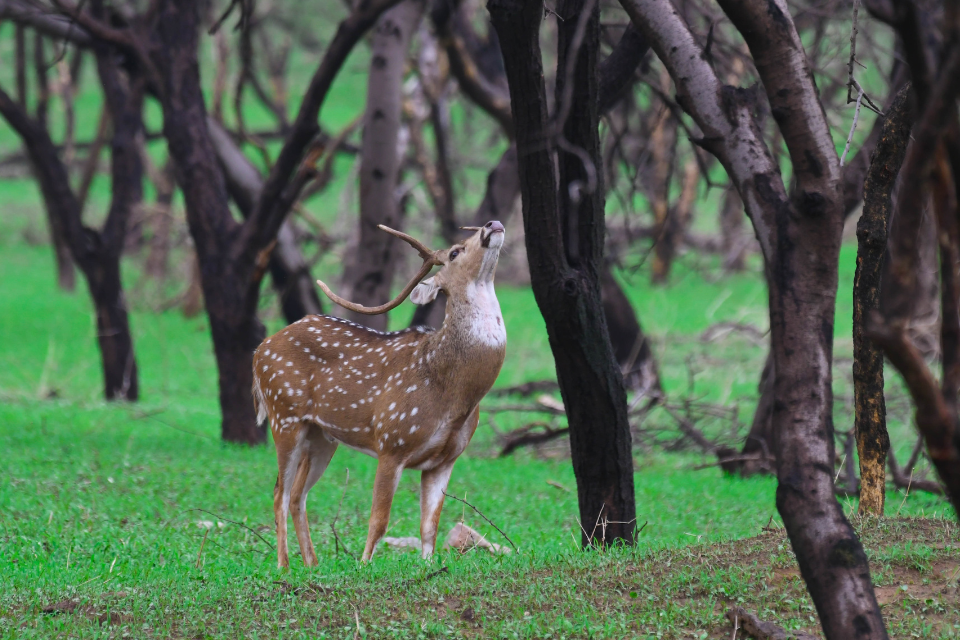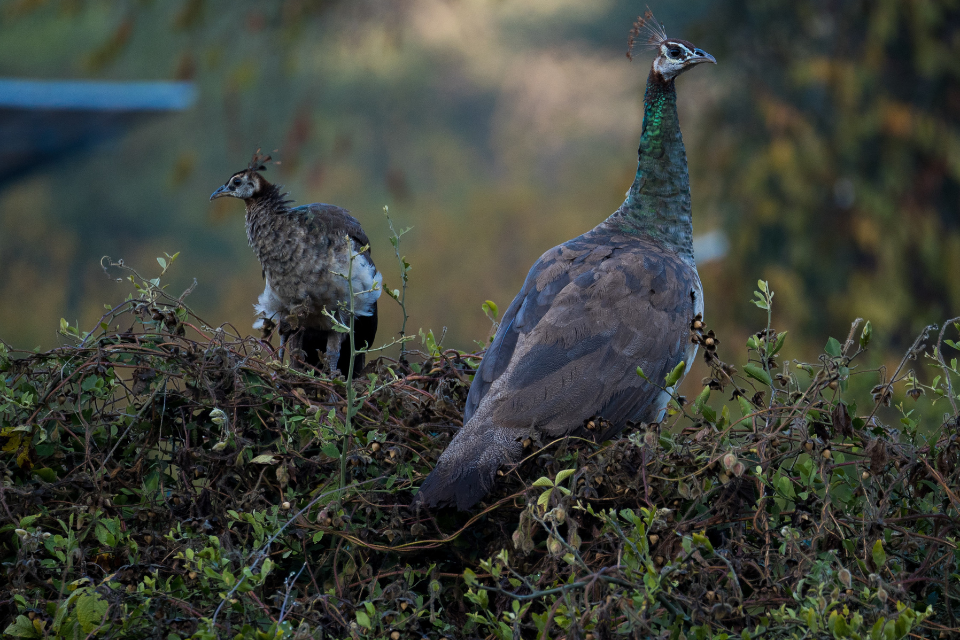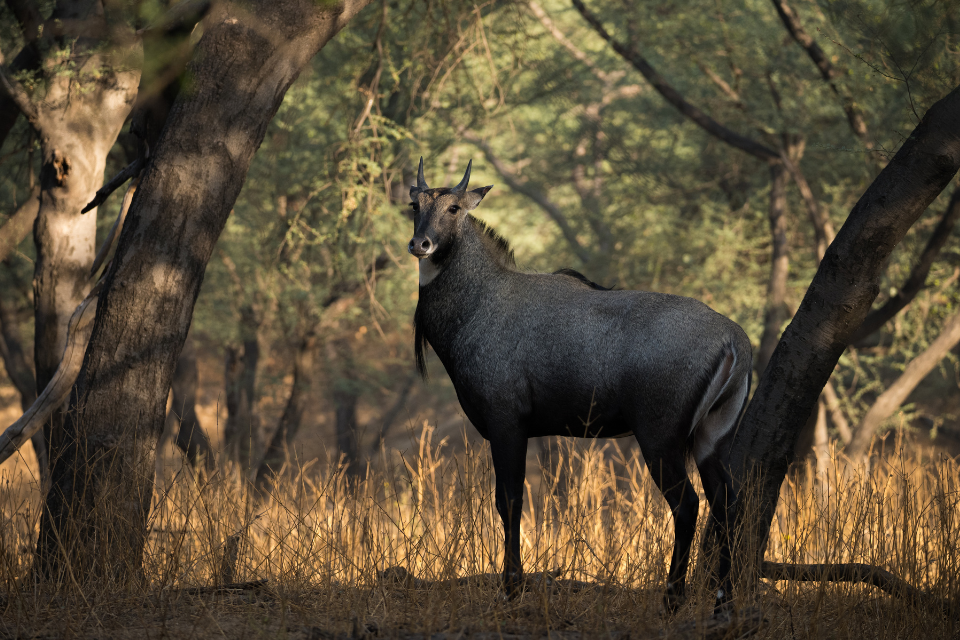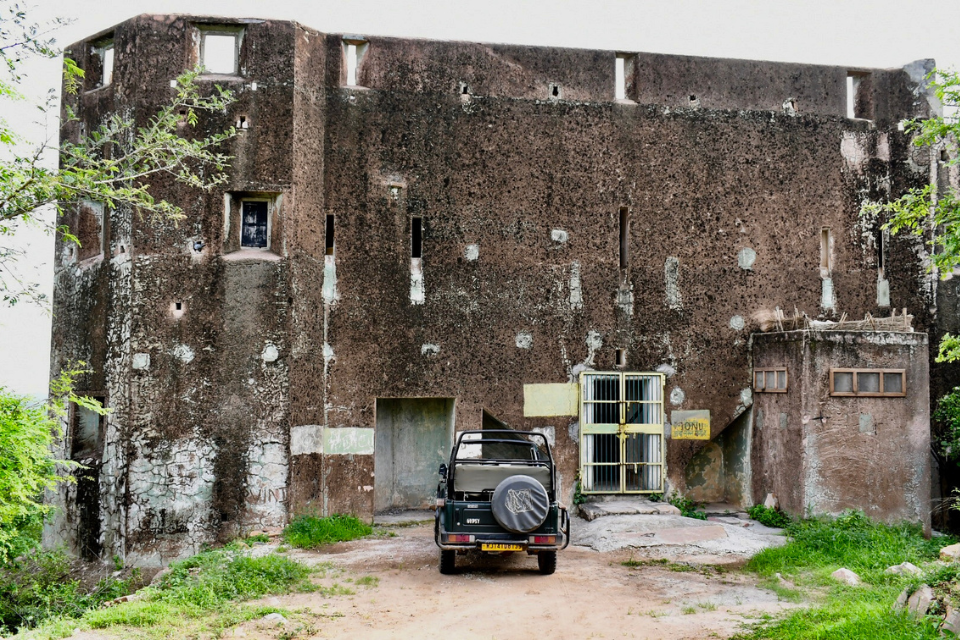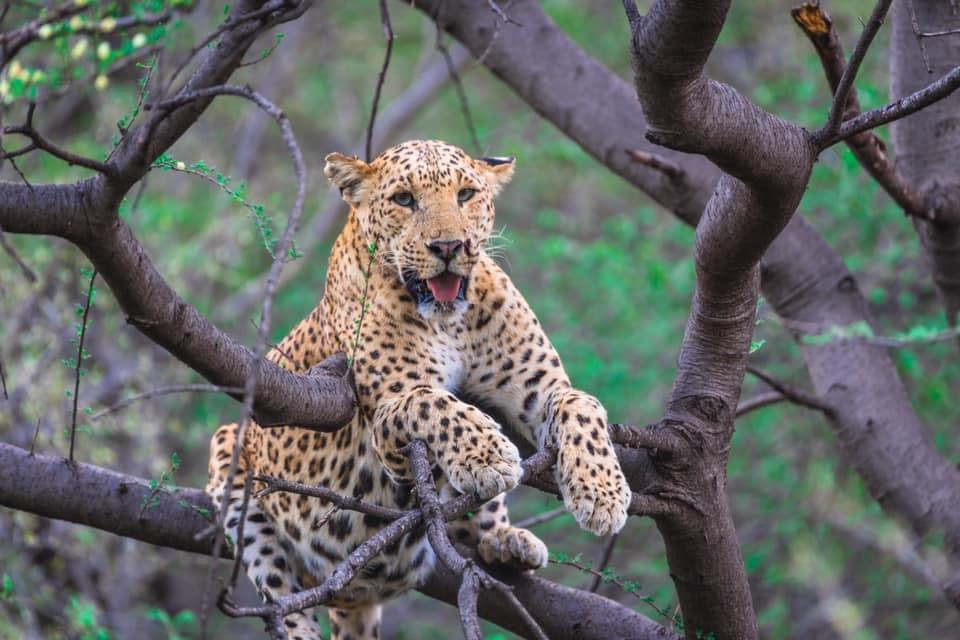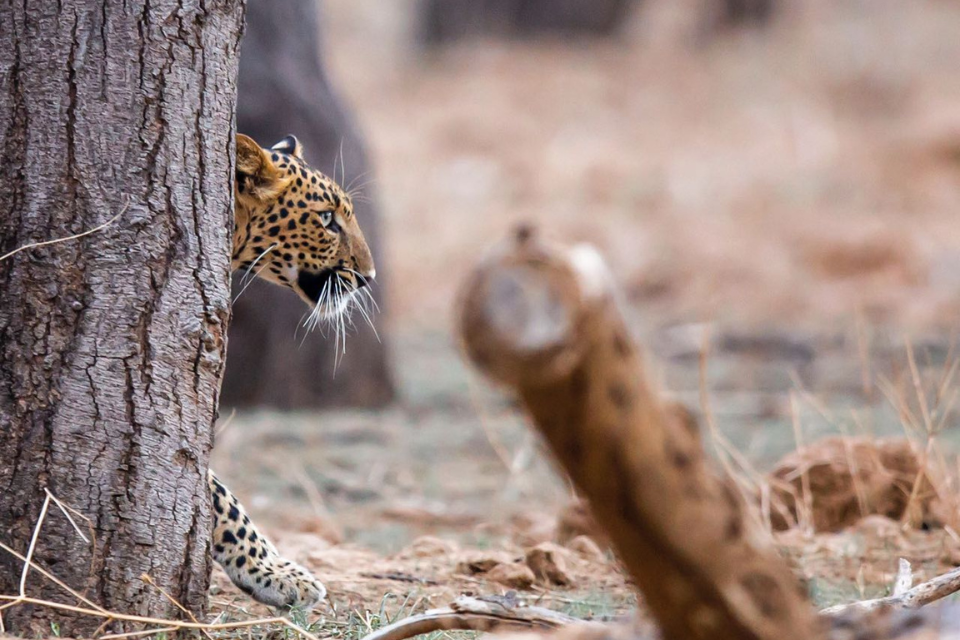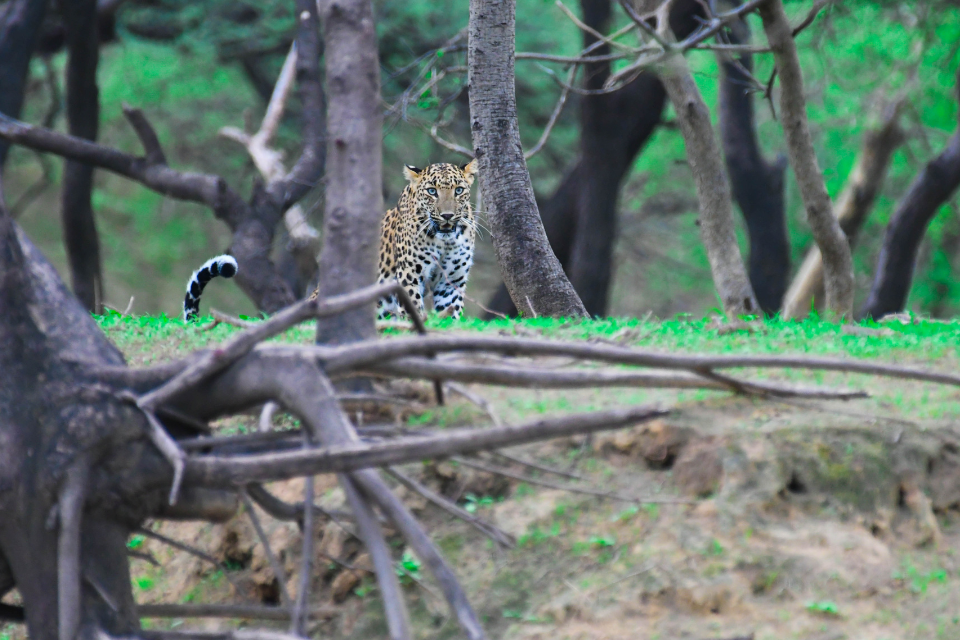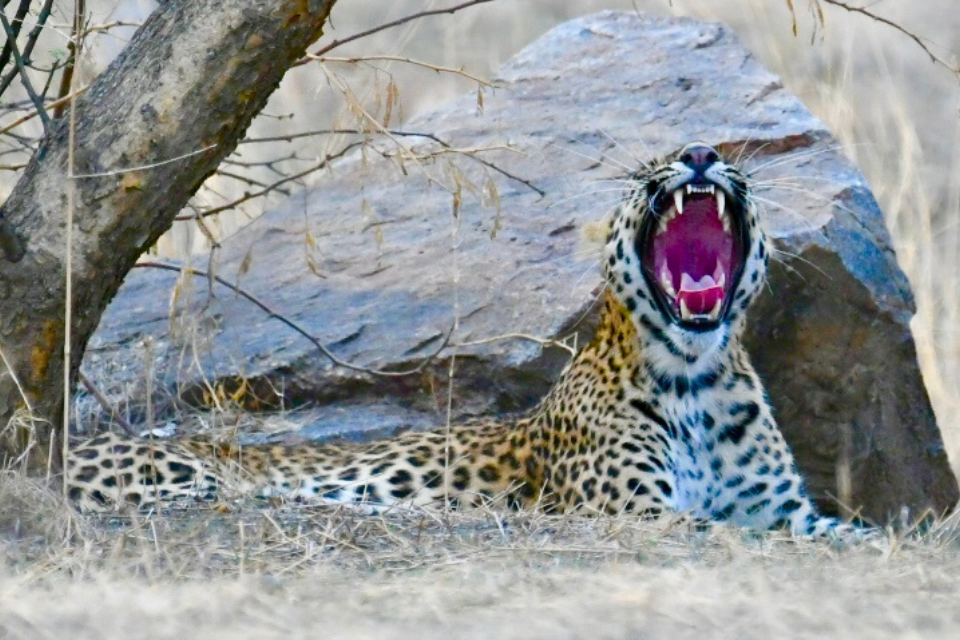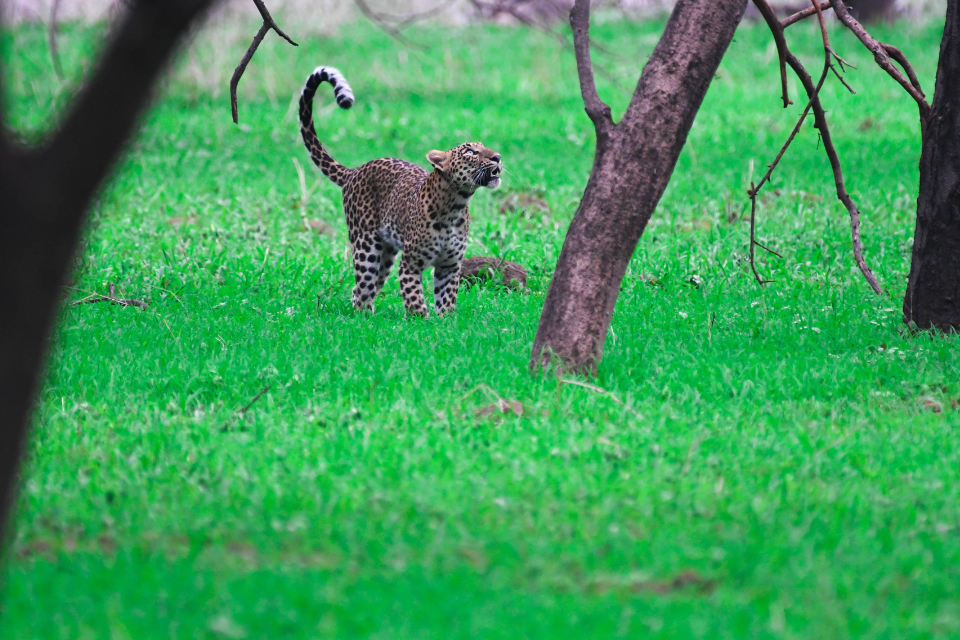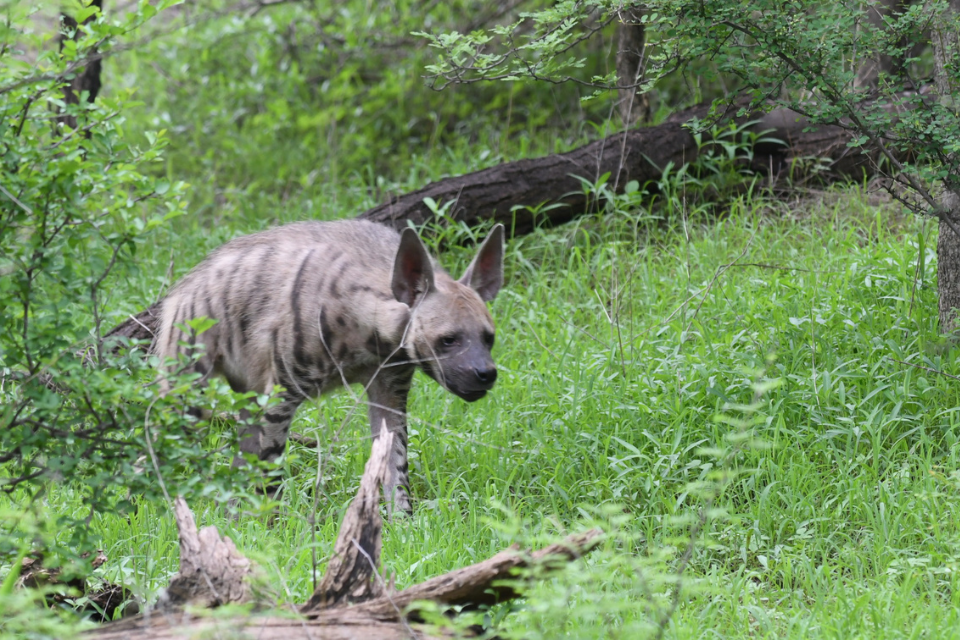- December 17, 2024
How Technology Enhances Wildlife Monitoring in Jhalana Forest Reserve
Jhalana Forest Reserve, known for its thriving leopard population and diverse ecosystem, leverages modern technology to ensure effective wildlife monitoring and conservation. The Leopard Safari in Jaipur has gained immense popularity due to the integration of advanced tools, which significantly enhance the management and preservation of this urban sanctuary. From tracking leopards to preventing human-wildlife conflicts, technology plays a crucial role in protecting Jhalana’s natural treasures.
1. GPS Collar Tracking
- Purpose:
- GPS collars fitted on leopards provide real-time data on their movements, behavior, and territorial patterns.
- Applications:
- Conflict Prevention: Alerts authorities when leopards approach human settlements, enabling proactive measures.
- Territorial Studies: Helps in understanding leopard territories and reducing intraspecies conflicts.
- Impact:
- Improved insights into leopard ecology allow better management of habitats and interactions, enhancing the success of the Leopard Safari in Jaipur.
2. Camera Traps
- Purpose:
- Motion-activated cameras capture images and videos of wildlife, offering non-intrusive observation.
- Applications:
- Population Monitoring: Identifies individual leopards through unique spot patterns.
- Behavioral Studies: Documents nocturnal activities and interactions among species.
- Impact:
- Reliable data collection helps estimate population sizes, track new births, and assess species diversity, supporting the ongoing success of the Leopard Safari in Jaipur.
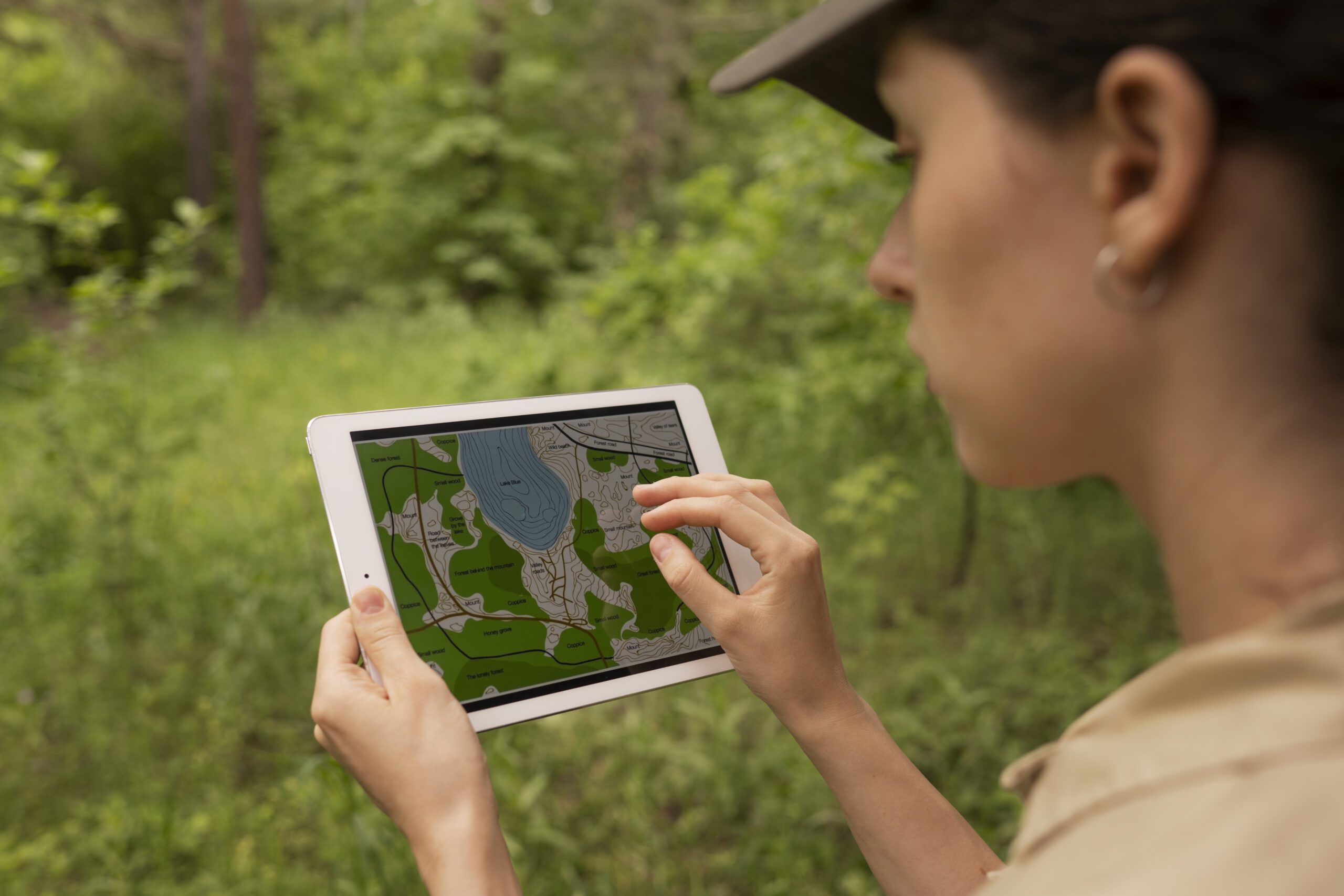
3. Drones and Aerial Surveillance
- Purpose:
- Drones provide a bird’s-eye view of the forest, covering areas that are difficult to access on foot.
- Applications:
- Habitat Mapping: Monitors vegetation health and tracks changes in forest cover.
- Illegal Activities: Detects poaching, encroachment, and other unauthorized activities.
- Impact:
- Enhanced surveillance reduces threats to wildlife and ensures the integrity of the reserve, preserving the experience of the Leopard Safari in Jaipur.
4. Artificial Intelligence (AI) and Machine Learning
- Purpose:
- AI processes large datasets to identify patterns and predict wildlife behavior.
- Applications:
- Predictive Analytics: Anticipates leopard movements based on historical data.
- Species Identification: Analyzes camera trap footage to identify and catalog wildlife.
- Impact:
- AI-driven insights improve decision-making for conservation strategies, further enriching the experience of the Leopard Safari in Jaipur.
5. Mobile Apps for Data Collection
- Purpose:
- Forest staff use mobile apps to log observations, track wildlife movements, and report incidents.
- Applications:
- On-the-Go Monitoring: Real-time updates streamline communication among field teams.
- Citizen Science: Encourages visitors to contribute wildlife sightings for research purposes.
- Impact:
- Faster reporting and data sharing enhance the efficiency of conservation efforts, benefiting the Leopard Safari in Jaipur.
6. Acoustic Monitoring
- Purpose:
- Acoustic sensors record sounds to monitor wildlife activity and detect disturbances.
- Applications:
- Leopard Roars: Tracks leopard vocalizations to study territories and mating behaviors.
- Human Activities: Identifies noise pollution and illegal activities like tree felling.
- Impact:
- Acoustic data provides a deeper understanding of the forest’s soundscape, which enriches conservation strategies and the overall Leopard Safari in Jaipur.
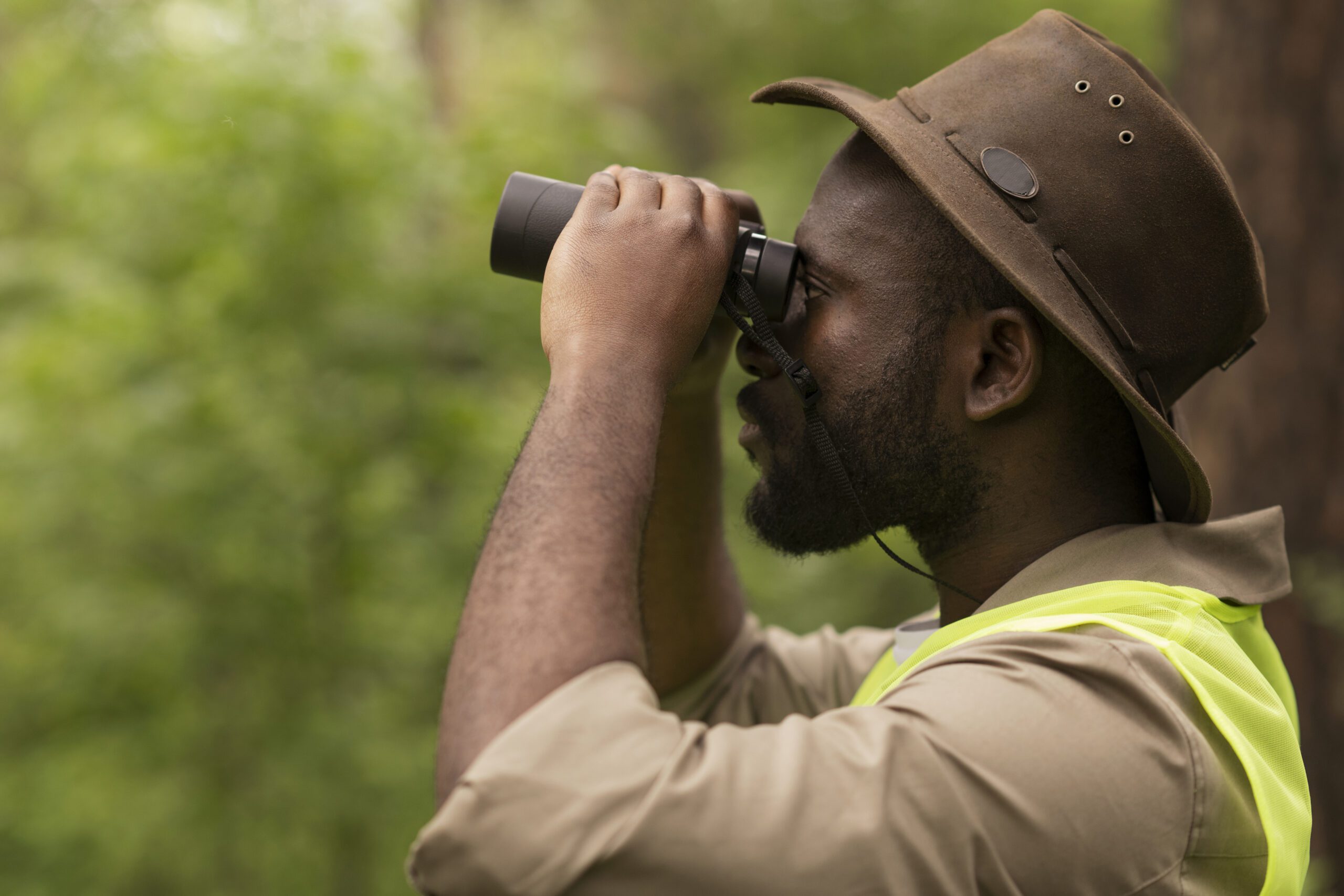
7. Geographic Information Systems (GIS)
- Purpose:
- GIS tools map and analyze spatial data related to wildlife habitats and movements.
- Applications:
- Wildlife Corridors: Identifies and maintains safe pathways for animal movement.
- Resource Management: Maps waterholes, prey distribution, and vegetation zones.
- Impact:
- GIS enhances habitat planning and ensures sustainable resource allocation, improving the experience of the Leopard Safari in Jaipur.
8. Anti-Poaching Technology
- Purpose:
- Tools like thermal imaging and motion sensors detect unauthorized activities within the reserve.
- Applications:
- Patrolling Support: Alerts rangers to potential threats during night patrols.
- Intrusion Detection: Monitors entry points and sensitive areas for poaching activity.
- Impact:
- Reduced poaching incidents and improved safety for wildlife and forest staff, safeguarding the Leopard Safari in Jaipur.
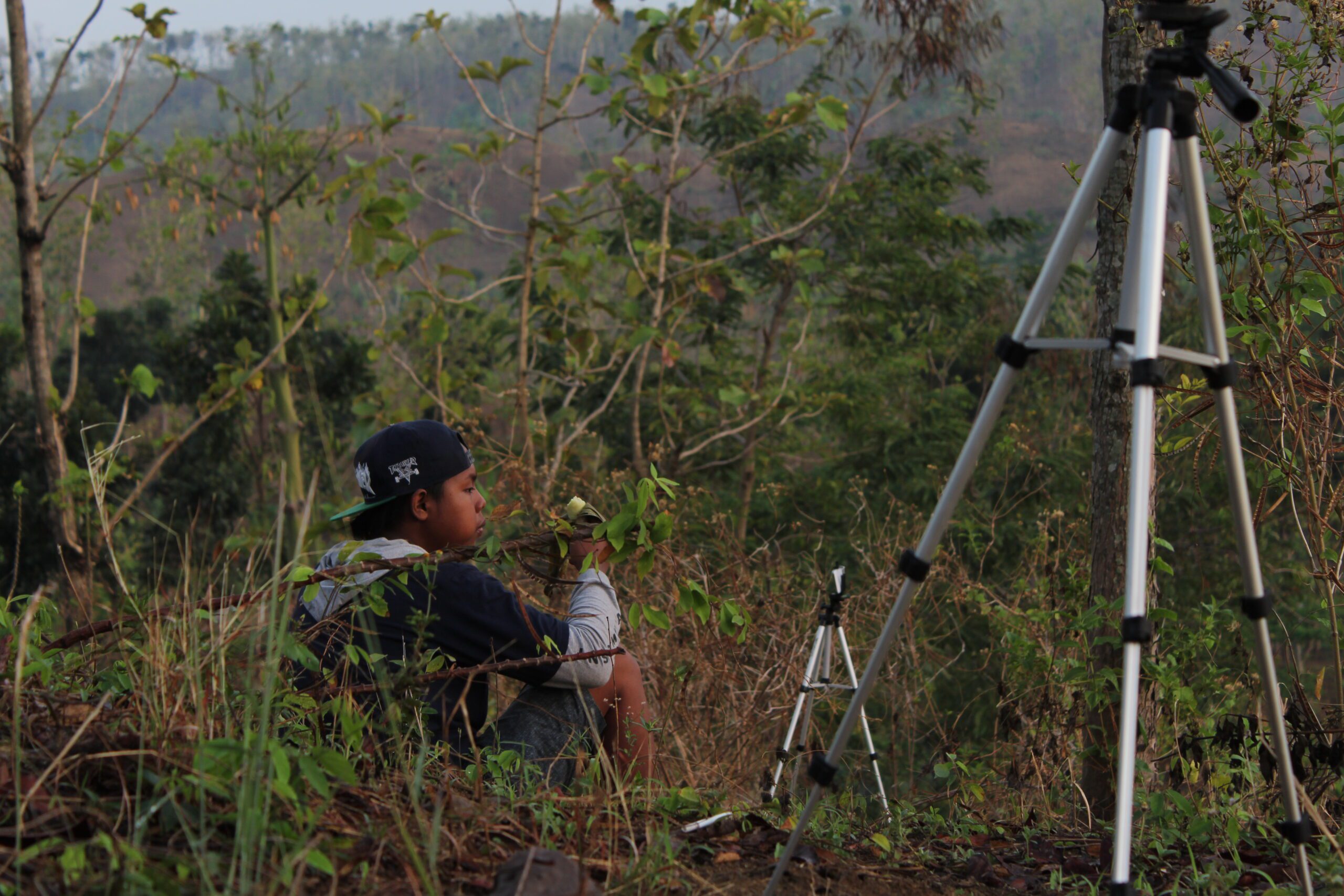
9. Conservation Databases
- Purpose:
- Centralized databases store and analyze data collected from various monitoring tools.
- Applications:
- Long-Term Studies: Tracks changes in wildlife populations and habitat conditions over time.
- Policy Formulation: Informs conservation policies with data-driven insights.
- Impact:
- Comprehensive data management supports more effective and informed conservation strategies.
10. Benefits of Technology in Jhalana
- Enhanced Wildlife Monitoring:
- Real-time tracking and data collection provide accurate insights into animal behavior and population health.
- Improved Human-Wildlife Coexistence:
- Early warnings about wildlife movements reduce conflicts and foster coexistence.
- Increased Efficiency:
- Automated tools save time and resources, allowing staff to focus on critical tasks.
- Educational Opportunities:
- Technology-driven insights engage visitors and raise awareness about conservation efforts, especially through the Leopard Safari in Jaipur.
Conclusion
Technology has revolutionized wildlife monitoring and conservation at Jhalana Forest Reserve. From GPS tracking to AI-driven insights, these tools ensure the well-being of the reserve’s leopards and other species while minimizing human impact. The Leopard Safari in Jaipur stands as a shining example of how technology can safeguard biodiversity in urban ecosystems. As innovations continue to evolve, Jhalana inspires similar conservation efforts worldwide, offering visitors an unforgettable glimpse into Rajasthan’s thriving wilderness.
Disclaimer All images used in this blog are either sourced from public domain or credited to their respective owners. If you are the copyright holder of any image and wish to request its removal or proper attribution, please contact us at [email protected]
